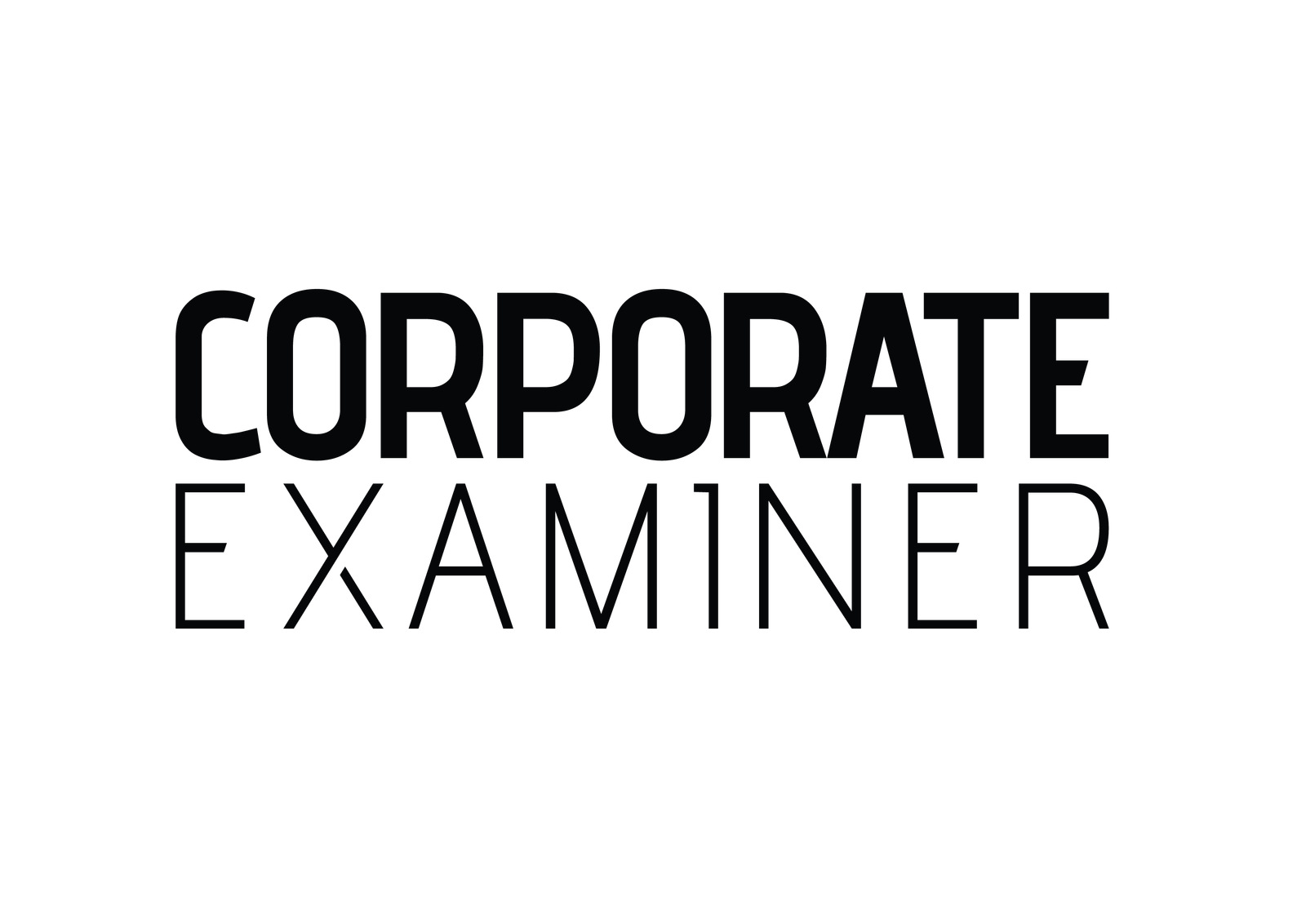Retirement planning is key to a stable and comfy future. It starts with clear goals and checking where you stand financially. Creating a budget and learning about saving and investing can help you make wise choices.
Tax-advantaged accounts, like 401(k) plans and IRAs, let your money grow without taxes eating into it. You can also pick from stocks, bonds, mutual funds, real estate, or unique investments.
Key Takeaways:
- Retirement planning is crucial for a secure and comfortable future.
- Setting clear goals and assessing your financial situation is important.
- Tax-advantaged accounts like 401(k) plans and IRAs offer tax benefits.
- Diversify your portfolio with various investment options.
- Seek professional advice to optimize your retirement savings plans.
The Importance of Retirement Planning
Planning for retirement is crucial. It ensures you have enough money when you stop working. It also means you can enjoy life without the worry of running out of funds. A good plan helps keep your money safe, lets you pay less in taxes, and even leave something for your family.
Without a plan, you might use all your savings too soon. This could lead to a hard life in retirement. Planning well reduces stress about money and lets you keep living how you want.
Retirement planning also helps you save on taxes. By choosing the right accounts and investments, you can reduce what you owe. This means more money stays yours. It’s a big part of staying financially secure as you get older.
“A comprehensive retirement plan enhances overall financial security and stability by preventing individuals from outliving their money.”
Thinking about your legacy is also important. It means choosing how to share your wealth after you’re gone. You might pass it on to your family or help a cause you care about. This part of planning keeps your influence alive.
Retirement planning is more than just money. It’s about dreaming of your future life too. Think about what you want to do, like traveling or picking up new hobbies. These dreams are as vital as your money plans.
With careful planning, you can look forward to retirement. You’ll have the means to live a good life, plus something to leave behind. It’s all about securing your future and your family’s.
Setting Clear Retirement Goals
One of the key first steps in retirement planning is setting clear goals. Without knowing what you want to achieve, it’s hard to make good financial choices. Setting goals gives you a clear path forward and a sense of purpose.
Think about your ideal retirement lifestyle. Do you dream of traveling, enjoying hobbies, or being with family? Consider costs like travel, hobbies, health care, where you’ll live, and how you’ll get around.
Setting specific and realistic retirement goals will enable you to better plan for your future and make the necessary financial decisions to achieve them.
Another key point is your target retirement age. While it might be an estimate, it helps plan your finances. Knowing when you want to retire guides how long you have to save and invest.
Remember, retirement goals are personal. Tailor your plan to what you want and can afford. With clear goals, you can keep your focus and work towards a stable future.
Benefits of setting clear retirement goals:
- Provides direction and meaning for your financial planning
- Guides wise saving and investment decisions
- Helps you chart out your retirement living costs
- Focuses your money toward achieving your dreams
- Offers a clear plan and goal for retirement

Setting clear retirement goals puts you in charge of your financial future. It makes it more likely you’ll get the retirement lifestyle you want. It’s always a good time to start thinking about your retirement.
Imagine what your retirement could look like. Start figuring out the costs and your ideal retirement age. With a solid plan, you can move towards a secure and enjoyable retirement with confidence.
Assessing Current Financial Situation
After setting your retirement goals, it’s a must to check your money situation now. Look at what money you have coming in and all your savings, investment accounts, pension plans, and Social Security money you’ll get later. This helps know where you stand financially.
First, check your current income sources. Look at your job pay and any extra money like rents or dividends. Knowing this helps figure out how much money you can save for when you retire. It’s key to know all your money sources for a wise retirement plan.
Now, focus on your investment accounts. Think about your 401(k), IRA, or other investments. Knowing their worth and how they can grow shows how well you’re doing with your retirement savings.
Also, think about any pension plans from old jobs. Find out what you might get when you retire. Some plans pay monthly, others in one big amount. Choosing the right option can greatly affect your future income.
Don’t forget to look at Social Security benefits too. Figure out what you might get from Social Security based on your work and when you plan to retire. This is part of your total retirement income.
Lastly, include any debt and liabilities in your assessment. This means loans, credit card debts, or any money you owe. Knowing and cutting down on your debt helps your retirement savings a lot.
Checking your finances is a big step to making a good retirement plan. By reviewing your money sources, savings, pensions, and Social Security, and also tackling debts, you can plan wisely for your future.
Choosing the Right Savings and Investment Vehicles
After setting retirement goals and making a budget, pick the best savings and investment options. Choosing well can help you increase your funds and have a secure retirement.
Tax-advantaged accounts like 401(k) plans, IRAs, and deferred annuities are great for retirement savings. They let your money grow without immediate taxes. Using these accounts can mean larger funds for retirement.
When deciding how to invest your retirement savings, think about your risk tolerance and how long until you retire. Also, consider the tax implications. Here are some top choices:
- Stocks: Buying stocks can grow your money and give you high returns. Yet, stocks can be risky because their prices go up and down quickly.
- Bonds: Less risky than stocks, bonds offer a steady income. They are good for making your retirement savings wide across many kinds of investments.
- Mutual Funds: These funds gather money from many people to invest in stocks, bonds, and more. They make it easy to own a bit of everything.
- Exchange-Traded Funds (ETFs): ETFs are like mutual funds but are traded like stocks. They provide lots of market coverage and are easy to buy and sell.
- Real Estate Investment Trusts (REITs): With REITs, you invest in real estate without buying property directly. They can give you money and the chance for your investment to grow.
- Private Equity: Buying into private companies can bring high profits. Private equity is best for those who know a lot about investing and have a lot of money.
- Hedge Funds: Hedge funds take different approaches to make money. They are for people with more wealth and knowledge of investing because they can be complex and risky.
- Alternative Investments: These include things like gold, cryptocurrencies, and more. They can grow your funds but may be risky, so be careful.
Investing carries risks, so make sure to do your homework and think about what risks you’re willing to take. A financial advisor can help you choose the right investments that match your retirement goals and how much risk you can handle.
| Investment Option | Benefits | Risks |
|---|---|---|
| Stocks | Potential for high returns, capital appreciation | Volatility, market fluctuations |
| Bonds | Steady income stream, diversification | Interest rate risk, credit risk |
| Mutual Funds | Diversification, professional management | Mutual fund fees and expenses |
| Exchange-Traded Funds (ETFs) | Liquidity, broad market exposure | Brokerage commissions, market volatility |
| Real Estate Investment Trusts (REITs) | Income potential, real estate exposure | Interest rate risk, property value fluctuations |

Choosing the right mix of savings and investments is key. It’s all about matching your plans and risk level with the right financial options. Keep your investments diverse and balanced for your future.
Conclusion
Retirement savings plans and comprehensive planning are key for a comfy future. Setting clear goals and checking current finances is the start. Then, make smart choices about saving and investing. Consider tax-advantaged accounts, what to invest in, and how much risk you’re okay with. This way, people can have a secure and happy retirement.




